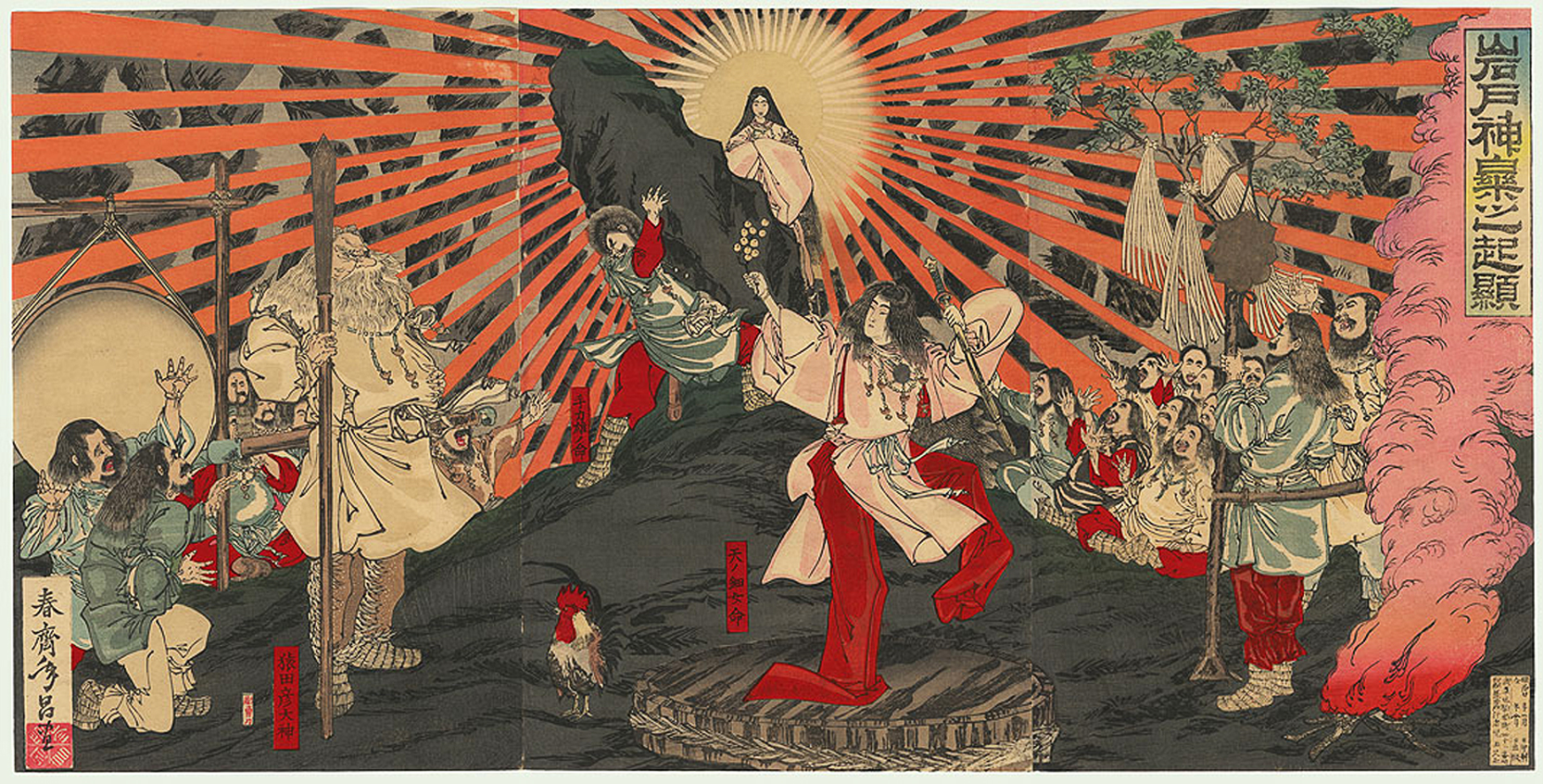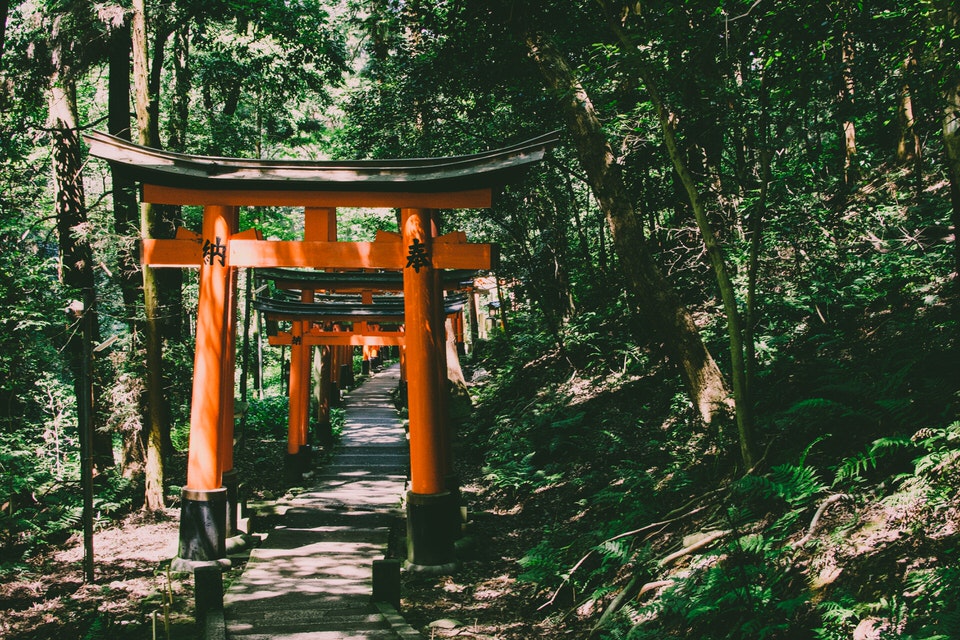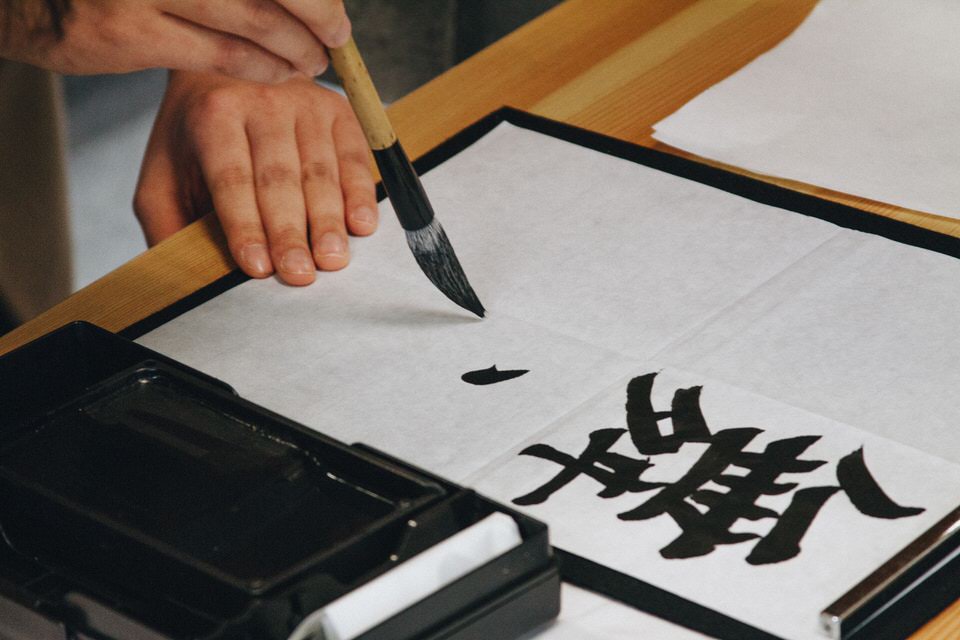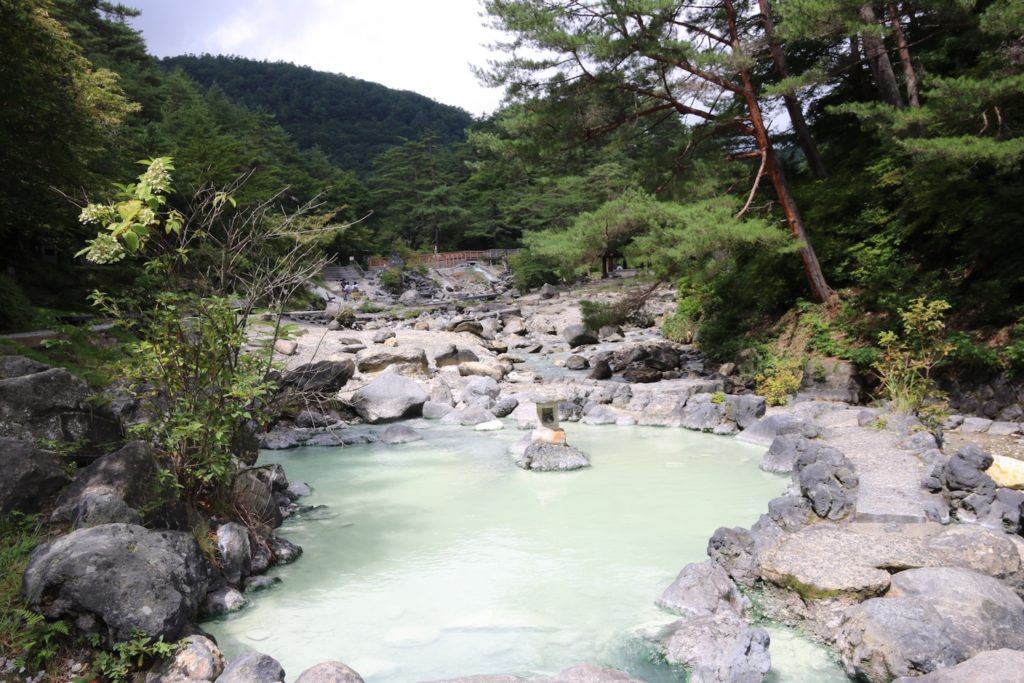The main religions in Japan are said to be Shinto and Buddhism, but what exactly is Shinto?
What is Shinto?
Shinto is a indigenous religious beliefs and practices that emerged spontaneously from ancient times in Japan. There is a belief in the so-called "eight million kami": the sun kami for the sun, the water kami for water, the tree kami for trees, and so on.("eight million" is an example of a large number.)
Also, the original beliefs do not have founders. There was no "holy book," the equivalent of the Bible in Christianity or the Koran in Islam. It is believed that the primitive beliefs of this time began in the Jomon period.
The word "Kami" in Shinto is not the "God" of Christianity or Islam, but the "Spirit". It does not refer to a single "god" but to millions of "spirits."
The Birth of Shinto
In 538 AD, Buddhism was introduced to Japan. While Buddhism had a solid doctrine, Japan's primitive beliefs did not. Faced with competition from the newly imported religion of Buddhism, the primitive faith was named "Shinto" and took shape for the first time.
According to the International Shinto Studies Association, the term "Shinto" was given to distinguish the traditional Japanese form of belief from Buddhism.
Why was it named "Shinto(神道)"?
The term Shinto is derived from Chinese Taoism, and is said to express the meaning of "the way(道) of God(神)". It is said to mean "the way of God." The way of God means the state of things as they are, without any human intervention.
According to "西洋の哲学・東洋の思想 (the Western philosophy and Eastern thought) by Kunitsugu Kosaka, while the land has a mild climate, changing seasons and beautiful scenery, it has also been exposed to disasters. According to the book, the Japanese people have been cultivating since ancient times the sentiment of accepting reality as it is, without any human intervention.
This is speculation, but it is not surprising that the ideas of "the way of god" in Taoism and Japanese sentiments were connected in the process of cultivating such sentiments.
There is a difference in this view of nature between the East and the West.
Distinction between "Ancient shinto" and "Shinto"
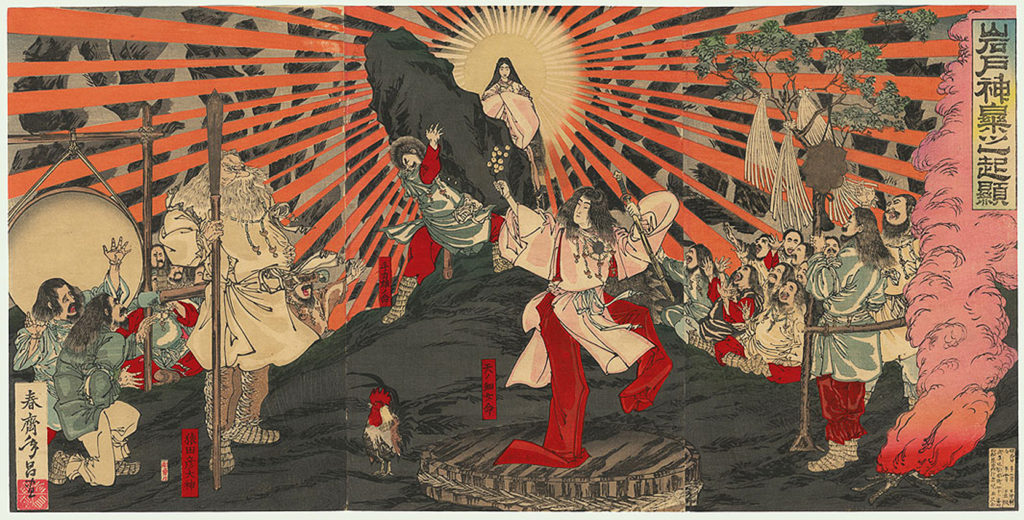
The primitive beliefs and nature beliefs that existed before Shinto was named "Ancient shinto" and are distinguished from each other.
After the arrival of Buddhism, Shinto developed under the influence of foreign religions. According to "A Study of Shinto Thought: The Birth of the Ancient Japanese State and the Ideology of Wa", After the arrival of Buddhism, Japan created the belief in Amaterasu, and while retaining elements of spirit worship, the country was unified and developed by incorporating foreign cultures. The theory of Yin-Yang and the Five Elements, which was introduced to Japan in the early 6th century, was incorporated into Shintoism, and Buddhism was integrated with Shintoism in the form of Shinto-Buddhist syncretism in the early Heian period.
Comparison of Shinto and Buddhism
Let's make a brief comparison here.
| Shinto | Buddhism | |
| Founder | - | Shaka (Japanese name for the historical Buddha Shakyamuni) |
| Beliefs | The eight million Kami (Spirits of mountain, river, plants, etc) | Buddha |
| Place of Origiin | Japan | India (Introduced to Japan in 538) |
| Purpose | - Pray for good harvest - To calm natural disasters. - Ancestor worship, etc. (closely related to daily life) | To follow the teachings of Buddha and attain enlightenment through practice |
| Building | Shinto shrine (Jinja) | Temple |
| Method of worship | Bow twice, clap twice, bow once more | Gassho (Puttiing palms together) |
As for the difference between shrines and temples, I wrote about it here.
-

-
What is difference between Shrine and Temple?
This page explains what a shrine is, the difference between a shrine and a temple, how to visit a shrine, the relationship between shrines and Japanese events, and a list of shrines. What is a shrine? A Shrine is a facility that enshrines the gods of Shinto, a religion unique to Japan. The origin of the Shrine According to the association of Shinto Shrine, large trees, huge rocks, and mountains were thought to be places where the gods descended and settled in the ancient times. The area around them was considered a sacred place. Eventually, temporary ceremonial sites were built ...
続きを見る
State Shintoism Created by the Meiji Government
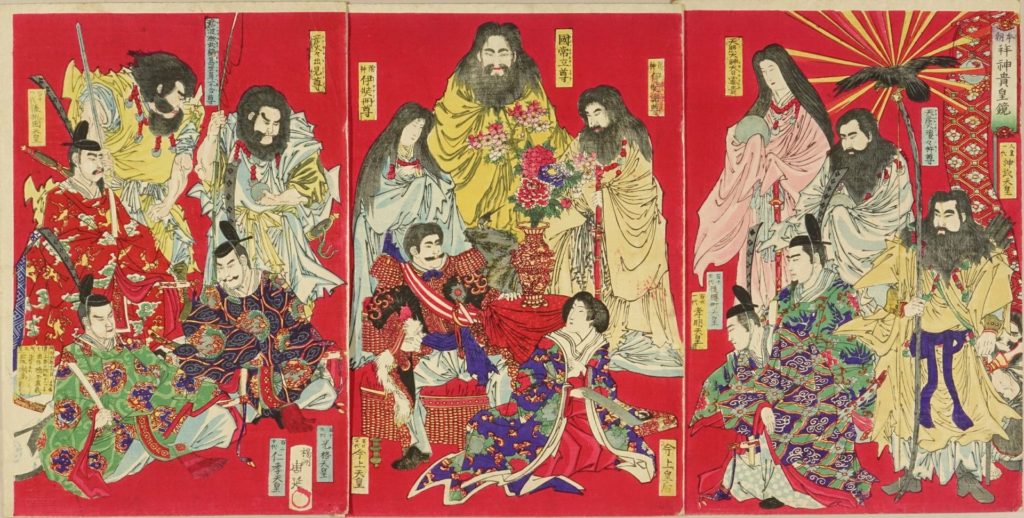
In the 19th century, there was a major turning point in the history of Shinto.
In the 19th century, after the Meiji Restoration, the feudalism of more than 200 years of isolation came to an end, and Japan entered an era in which it actively adopted Western culture and sought to create a new nation.
In the 1860s, Japan entered a period of civilization and opening up to the outside world. The Meiji government, aiming to establish a modern nation, found Shintoism to be the most effective way to unify the nation and establish an absolute ideology centered on the Emperor.
In State Shinto, the emperor was regarded as a sacred and inviolable present human deity. In the form of the Imperial Rescript on Education, the government tried to instill morals that the people should have. The Imperial Rescript of Emperor states that loyalty, patriotism and Confucian morality are the basis of school education.
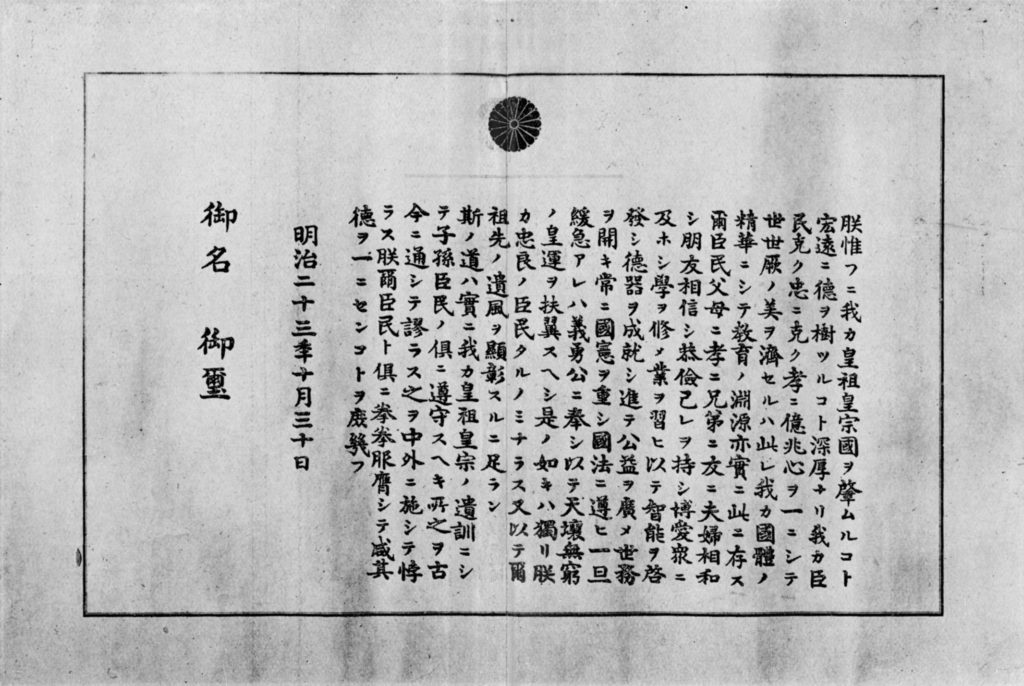
As Japan entered World War II, this ideology became more and more radical. As the war intensified in the Showa period (1926-1989), and nationalism and militarism emerged in Japan, Shinto became a uniquely Japanese practice that was used for patriotic education.
The Kamikaze corps is the great example of this extremist ideology. During World War II, thousands of Japanese pilots died in the name of the Emperor and plunged their aircraft, bombs and all, into enemy ships in order to contribute to their country.
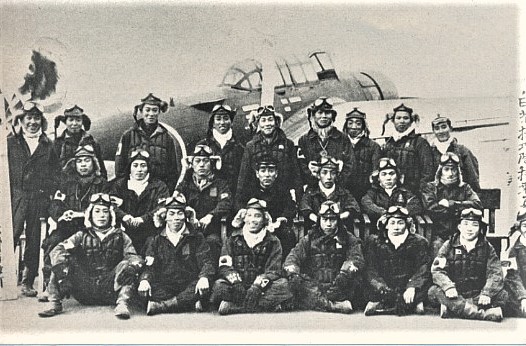
After World War II, State Shinto was dismantled by the General Headquarters of the Allied Forces (GHQ), based on the judgment that State Shinto was a dangerous ideology ideologically backed by militarism and nationalism.
Reference: 「神道」とは何か?仏教との関係や歴史・起源を3つの視点から解説 神道とは何か? 古神道をわかりやすく解説!神道との違いや歴史、参拝すべき神社など Kunitsugu Kosaka, 西洋の哲学・東洋の思想 (2008) Makoto Takemiitsu, A Study of Shinto Thought: The Birth of the Ancient Japanese State and the Ideology of Wa (2018)

